If you suffer from Raynaud’s disease, cold February days are unlikely to be your favourite time of year.
Editor Jane Garton looks at some herbs and lifestyle tips that might help to bring some warmth into your life.
February can be one of the coldest months in the year which is bad news if you are unlucky to suffer from Raynaud’s disease. This is when some areas of your body such as your fingers, toes, tip of your nose and even your ears feel numb and cold in response to cold temperatures.
What is Raynaud’s Disease?
Raynaud’s happens when the smaller arteries that supply blood to your skin narrow, limiting blood circulation to affected areas. As well as cold weather, stress can also be a trigger.
During an attack the affected areas of skin usually turn white at first then often turn blue, feeling cold or numb. You may also loose sensation in these areas. As circulation improves the affected areas may turn red, throb, tingle or swell.
An attack may last for just a minute but can go on for several hours. Your doctor may prescribe medications to help widen your blood vessels and boost circulation.
However there are some herbs and dietary tweaks that can help relieve the pain and discomfort.
Ginkgo
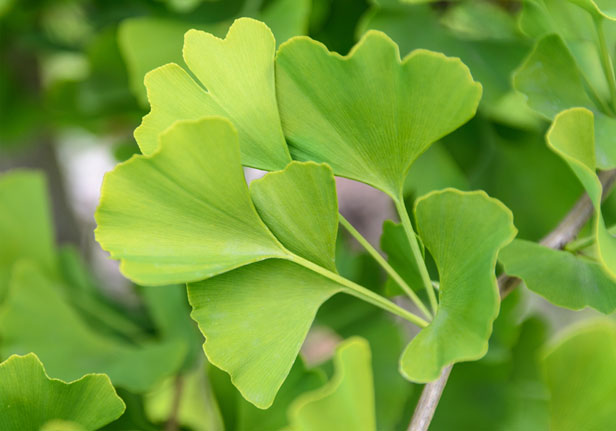
Standardised extracts of ginkgo have been shown in many trials to help problems with circulation including Raynaud’s disease.
Ginger
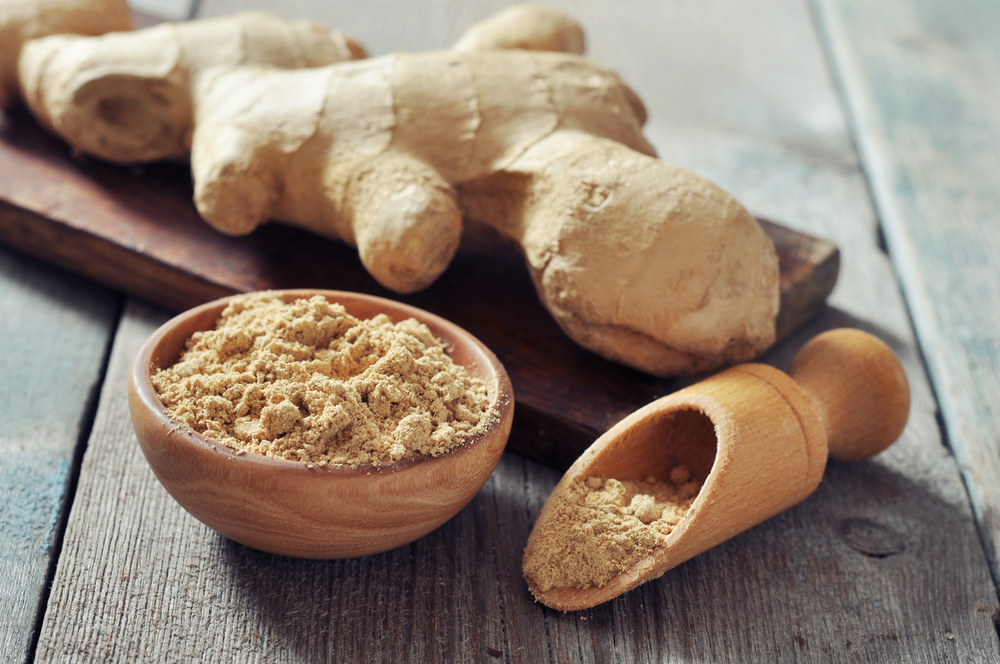
Ginger is another herb that is worth trying. It is thought to help boost circulation to the peripheral areas of the body such as hands and feet by dilating blood vessels. For a quick and easy fix why not make yourself a cup of ginger and cinnamon tea? Simply put a teaspoon of powdered cinnamon and a pinch of ginger in a mug, add some hot water and stir before drinking.
Hawthorn
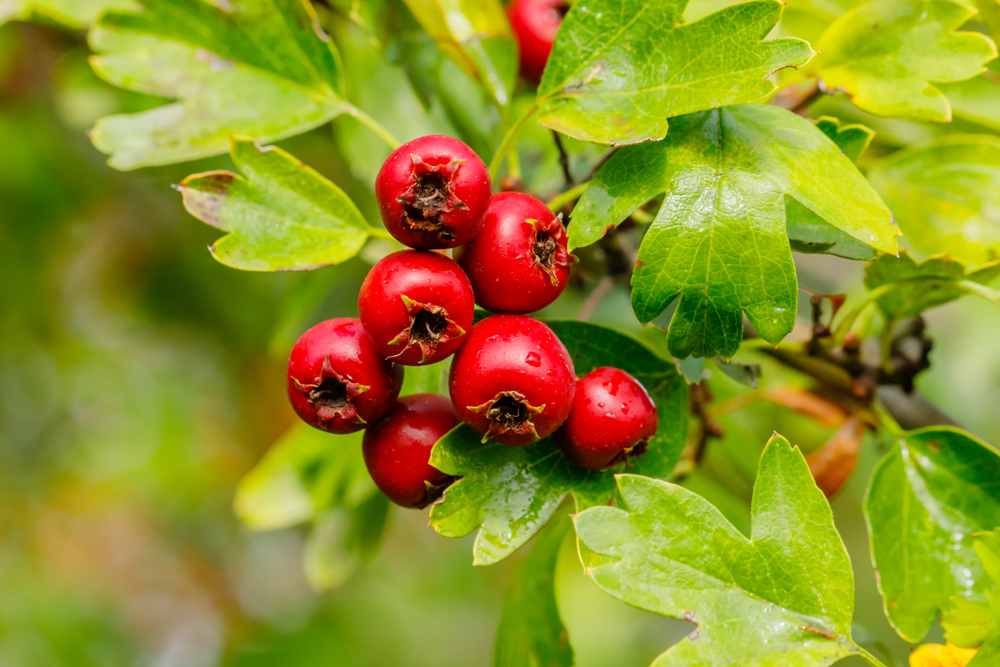
The berries of the hawthorn tree are popular with medical herbalists for treating people with Raynaud’s. They have long used this sweet and sour warming herb to improve peripheral circulation with some success.
Herbal teas
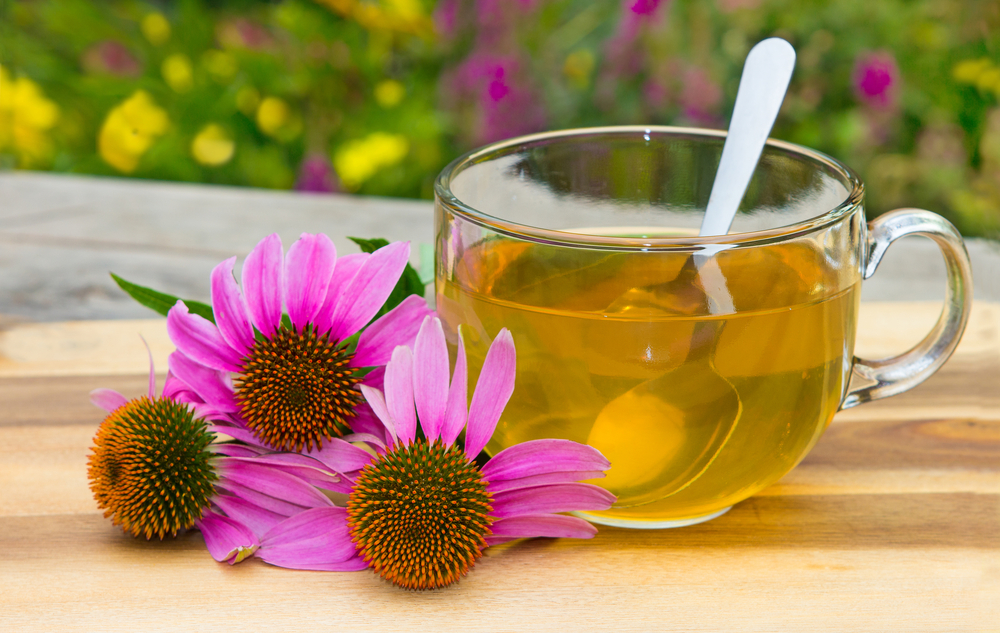
Caffeine causes blood vessels to narrow so may increase symptoms. Go for herbal teas instead.
Warming foods
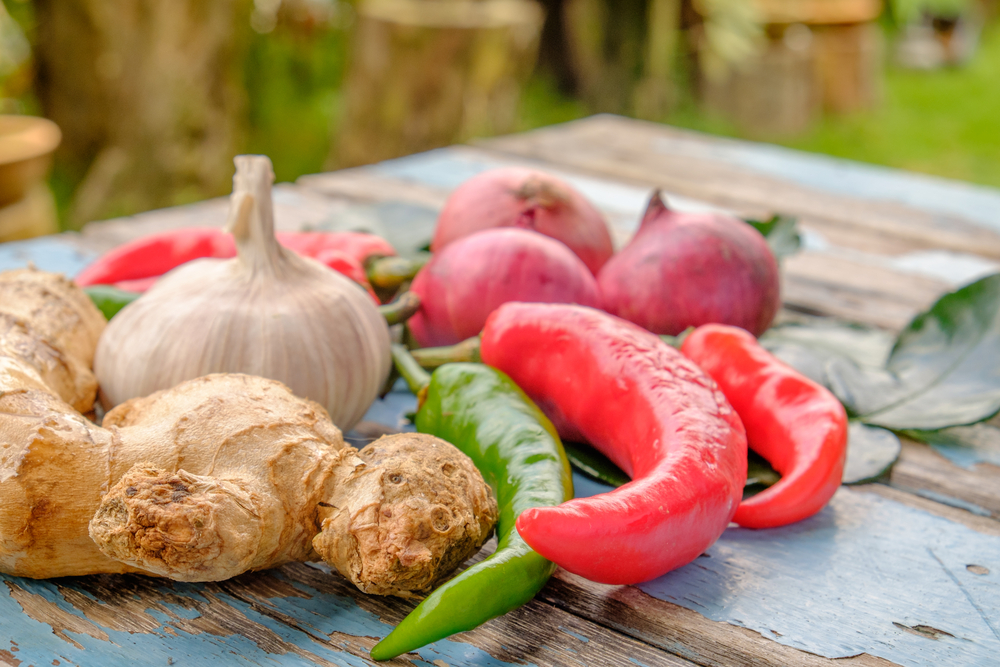
Try to include ginger, cayenne peppers and chilies in your diet whenever possible as they can help to boost circulation.
Other lifestyle tips
Stop smoking
Smoking causes skin temperatures to drop by constricting blood vessels, which can aggravate Raynaud’s.
Get active
Regular exercise is one of the best ways to boost circulation.
Stay calm
Stress can trigger an attack so learning to recognize and avoid stressful situations can help.
Watch what you wear
Avoid wearing anything that could compress blood vessels in your hands or feet such as tight wristbands, rings, socks, tights or shoes. Protect hands with mittens or gloves when going out in the cold.
Avoid changes in temperature
Going from a warm sitting room to a chilly hallway, for example, can make things worse.
Keep moving
During an attack swinging and rotating your arms and legs can help boost circulation. Try circling your ankles when sitting down; clench and unclench your fists while watching the TV. Go up and down on your tiptoes while standing and do windmills with your arms whenever you can.
February is Raynaud’s Awareness Month. To find out more visit their website.

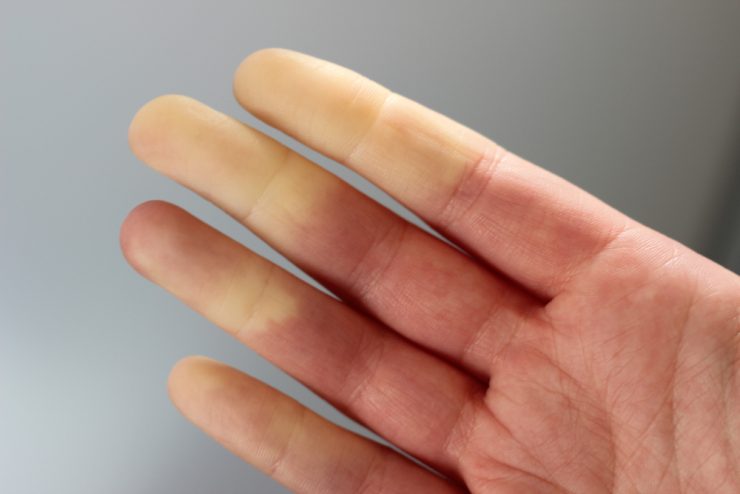
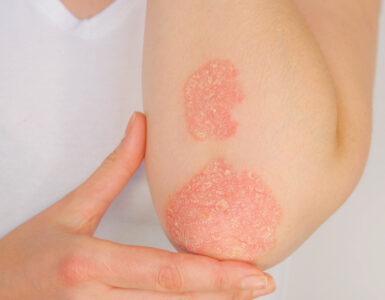

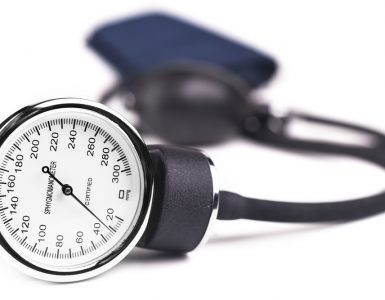

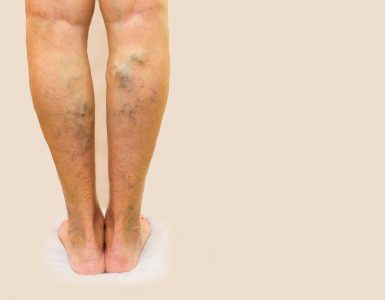

















Add comment